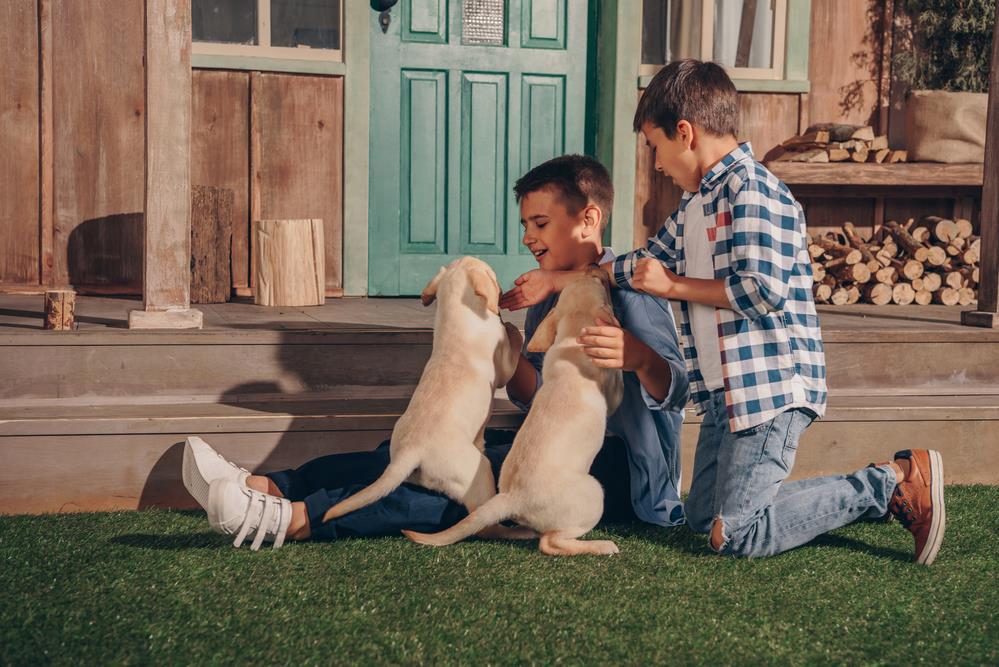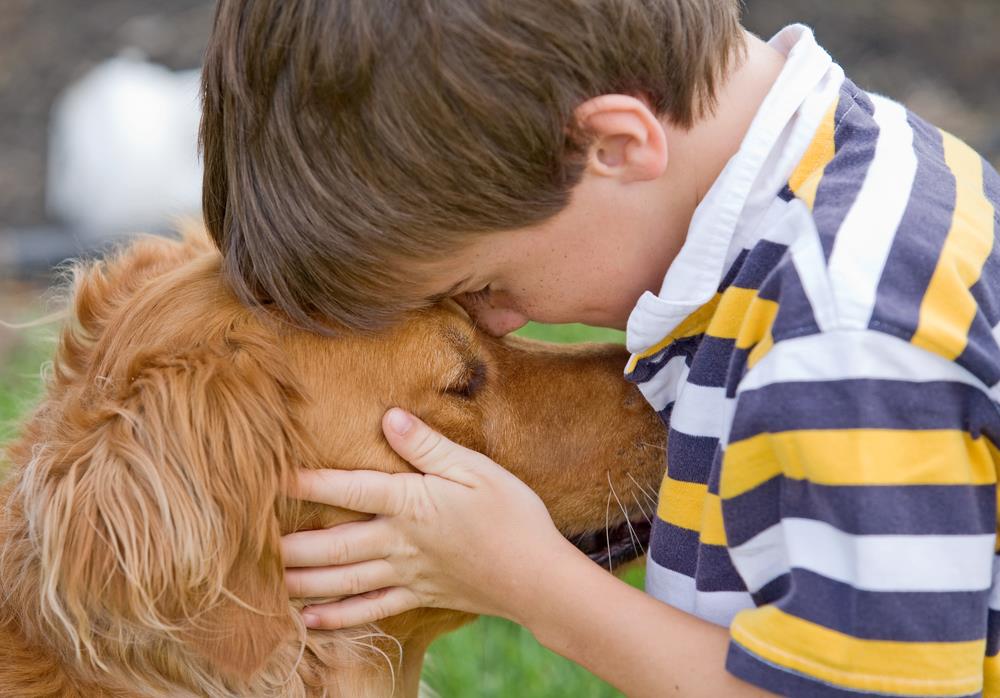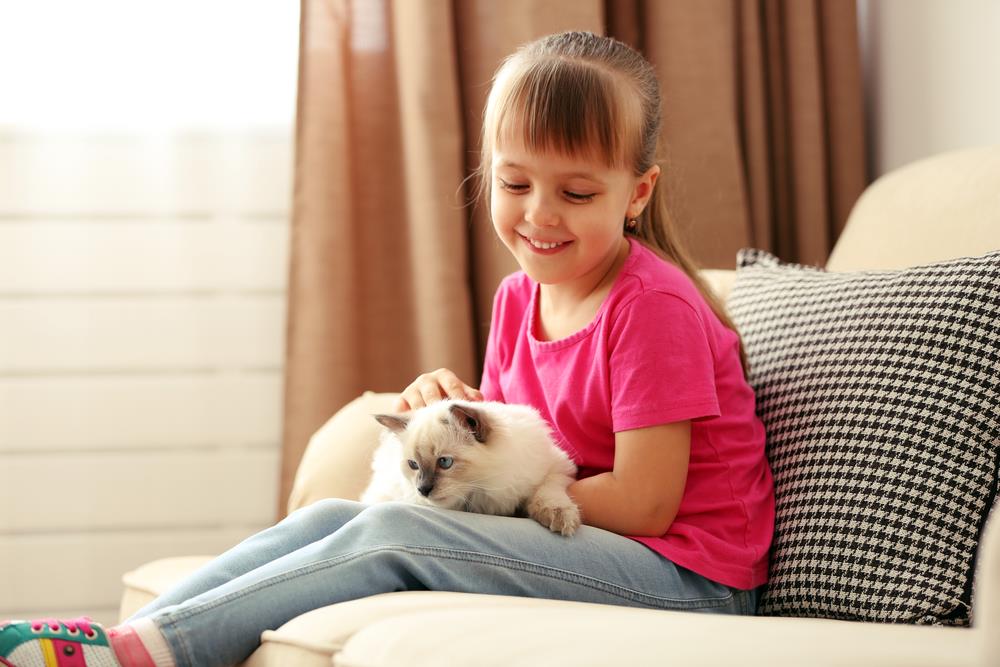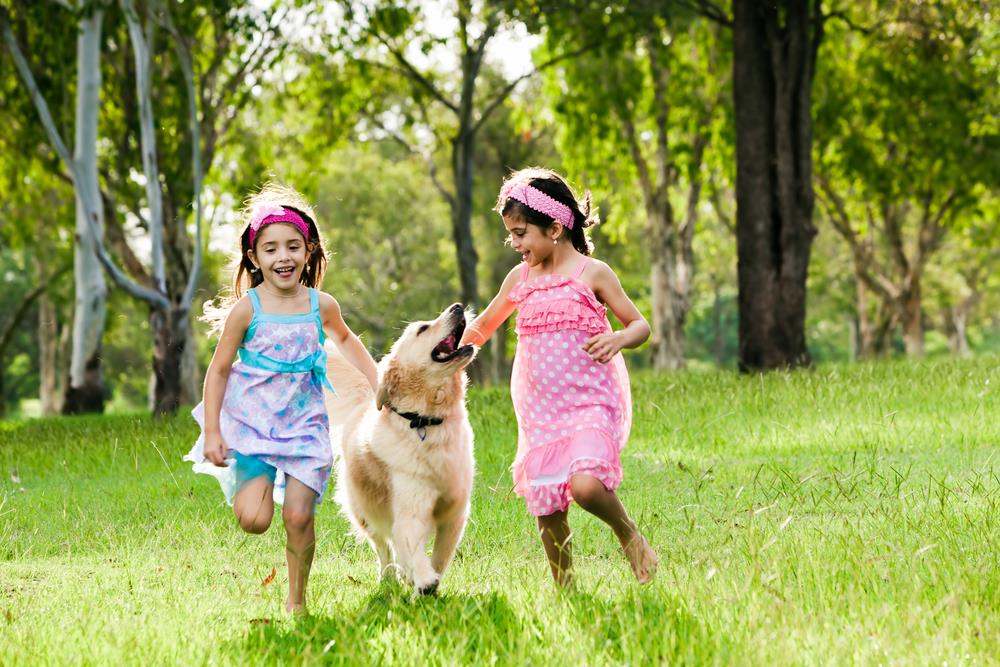Introduction: The Importance of Pets in a Child’s Life
Our relationship with pets is an ancient bond, deeply ingrained in human culture. Today, there is a growing interest in understanding the impact of pets on child development. Pets, ranging from dogs and cats to birds and fish, play a significant role in a child’s life, influencing their emotional, cognitive, and social development.
Before delving deeper, let’s clarify two key terms. ‘Pets’ refer to domesticated or tamed animals kept for companionship or pleasure. ‘Child development’, on the other hand, encompasses the physical, cognitive, and psychosocial growth that occurs from infancy through adolescence.

The influence pets have on child development is a multifaceted field of study, offering valuable insights into how these non-human companions contribute to a child’s overall growth and maturity. As we further explore this topic, you’ll discover the myriad ways pets enrich a child’s life, fostering empathy, responsibility, and resilience.
Let’s embark on this journey and uncover the profound role of pets in shaping our children’s lives.
Understanding the Attachment Theory
Conceived by John Bowlby, the Attachment Theory suggests that individuals form emotional and psychological bonds with others. This innate tendency is crucial for survival and development. The theory is often applied in human relationships, but it also extends to our bonds with pets.
The Role of Pets in Attachment Theory
Pets provide a source of secure attachment and emotional support for many individuals. Just like human-to-human relationships, the human-animal bond can also be viewed through the lens of the Attachment Theory. This bond is often characterized by feelings of safety, comfort and mutual understanding.
Research Evidence: Pets and Attachment Theory
Several studies have elucidated the role of pets in the Attachment Theory. For instance, a 2019 study showed that individuals tend to turn to their pets for comfort and emotional support during periods of stress.

To enhance your understanding of the Attachment Theory and its relation to pets, consider exploring more scholarly articles and empirical research studies. This will provide you with a deeper insight into this fascinating topic.
Emotional Development and Pets
Studies show that pets play a significant role in fostering emotional development in children. According to the Royal Children’s Hospital Melbourne, pets can teach children about empathy, compassion, and responsibility, key factors in emotional maturity.
Children who grow up with pets often show higher levels of empathy and understanding, as they learn to care for another living being. This nurturing behaviour encourages emotional growth and develops a sense of responsibility.
Research from the National Library of Medicine backs up these findings. Their studies reveal that children with pets showed more advanced socio-emotional development compared to those without pets.

Case Studies of Emotional Development
Case studies further illuminate the positive impact of pet ownership on a child’s emotional development. For instance, a study by Frontiers in Psychology found that children who cared for pets had a better understanding of non-verbal communication and empathy, leading to healthier emotional wellbeing.
Another case study from the Journal of Adolescence showed that teenagers who had grown up with pets exhibited lower levels of anxiety and felt more secure in their environment.
These studies and countless others underline the profound role pets play in fostering emotional development, making them more than just our companions, but also crucial contributors to our emotional growth.
Impacts of Pets on Children’s Social Skills
Research reveals a significant impact of pets on children’s social skills and interactions. Pets provide a unique opportunity for children to learn how to communicate and interact in a safe and responsive environment, promoting empathy, understanding, and emotional intelligence.
Pets: A Catalyst for Teaching Relationships, Cooperation, and Communication
Moreover, pets play a crucial role in teaching children about relationships, cooperation, and communication. Pets can instill lessons of responsibility, caring, and empathy, which are key to establishing healthy human relationships.
Evidence of Pets’ Influence on Social Development
Several studies underscore the positive influence of pets on children’s social development. These studies suggest that children with pets show better social skills, improved communication abilities, and increased empathy. Having a pet can thus be a valuable addition to a child’s growing environment, fostering not only love and companionship but also key social and emotional skills.
Conclusion
Therefore, pets play an indispensable role in child development, offering a nurturing platform for the development of crucial social skills. They are more than just companions; they are teachers of empathy, cooperation, and effective communication.
Cognitive Development and Pets
Recent studies highlight the pivotal role pets play in enhancing the cognitive development of children. Engaging with pets fosters problem-solving skills, bolsters memory retention, and promotes cognitive flexibility.
Research from the International Journal of Environmental Research and Public Health underscores this. The study reveals that children with pets demonstrated superior cognitive capabilities compared to those without.
Pets and Problem-Solving Skills
Pets often present unpredictable scenarios, encouraging children to devise solutions independently. This nurtures their problem-solving abilities, a critical aspect of cognitive growth.
Pets Enhancing Memory and Promoting Cognitive Flexibility
Children can improve their memory and cognitive flexibility through routine pet-care responsibilities. Remembering feeding times, or adapting to a pet’s changing needs, fosters cognitive flexibility.
A study in the journal Frontiers in Psychology supports this, showing a positive correlation between pet ownership and cognitive development in children.

I recommend the inclusion of a chart illustrating the developmental benefits of pet ownership on children. This visual aid would further enhance the understanding of this multifaceted topic.
The Role of Pets in Promoting Physical Health
Pets play an instrumental role in promoting physical health and development, particularly in children. They offer an enjoyable way to enhance physical activity levels, promoting an active lifestyle from a young age. Regular play and walks with pets can increase cardiovascular fitness and strengthen muscles and bones.
Benefits of Pet Ownership on Motor Skills
Aside from fostering physical activity, pets also contribute to the development of motor skills in children. Activities such as feeding pets, grooming them, or even changing their bedding require different gross and fine motor skills, aiding in their refinement.

Research on Pets and Physical Development
Recent research findings further substantiate the link between pets and physical development. A study published in the journal “Pediatric Research” found that children with pets tend to have higher levels of physical activity than their non-pet owning counterparts.
Understanding the Challenges and Considerations in Pet Ownership
Pet ownership, while rewarding, comes with a set of challenges. These span from financial implications, time commitment, potential allergies, and the risk of pets outliving their owners. Particularly, pets like dogs require significant time for training, socialisation, and exercise. Unexpected health issues can also lead to considerable costs.
Deciding to Get a Pet for a Child: Key Considerations
When deciding to get a pet for a child, consider the child’s age, responsibility level, and the family’s lifestyle. Ensure the type of pet matches these factors. For example, a high-energy dog may not suit a busy family. In addition, discuss with the child about pet care responsibilities.
Strategies for Managing Potential Issues and Maximising Benefits
Education is paramount in managing potential issues. Teach your child about appropriate pet behaviour and care. Consider professional training for dogs to minimise behavioural issues. Regular vet check-ups can help detect health issues early. To maximise benefits, encourage your child to interact with the pet under supervision, promoting a nurturing relationship.
Conclusion: The Multidimensional Impact of Pets on Child Development
Pets serve as remarkable agents in the development of a child. They contribute to a myriad of developmental aspects, including emotional, social, cognitive, and physical growth. Mutiple studies have showcased the invaluable role pets play in fostering empathy, nurturing social skills, and encouraging physical activity among children.
Pets can facilitate cognitive development by stimulating curiosity and promoting responsibility. The impact of pets on child development is a multidimensional phenomenon that has shown to have profound significance. This field of study is vast and there’s still much to explore. Further research could delve into the impact of different types of pets or the influence of pets on children with special needs.
Finally, it’s important to note that while pets can greatly contribute to child development, they should not be seen as a substitute for human interaction or professional support when needed.
Related posts
Recent Posts
- Choosing Between a Shelter, Rescue, or Breeder for Your New Pet
- Pet Emergency Preparedness: Ensuring Your Furry Friend’s Safety in a Crisis
- The Importance of Pet Vaccinations: Protecting Your Furry Friends
- Kitten Feeding Guide: Essential Tips for New Cat Owners
- Dangerous Pets: What You Need to Know Before Bringing One Home


